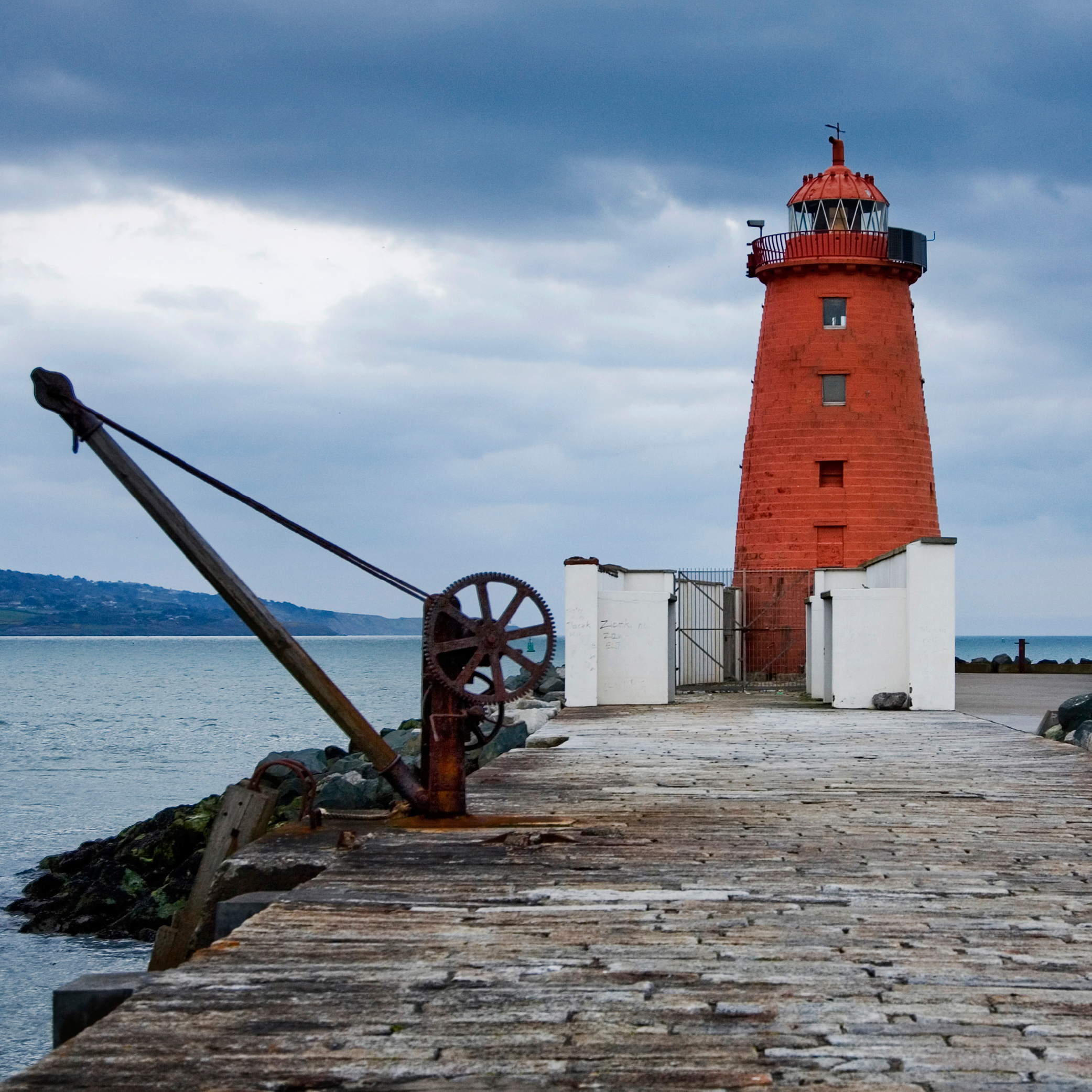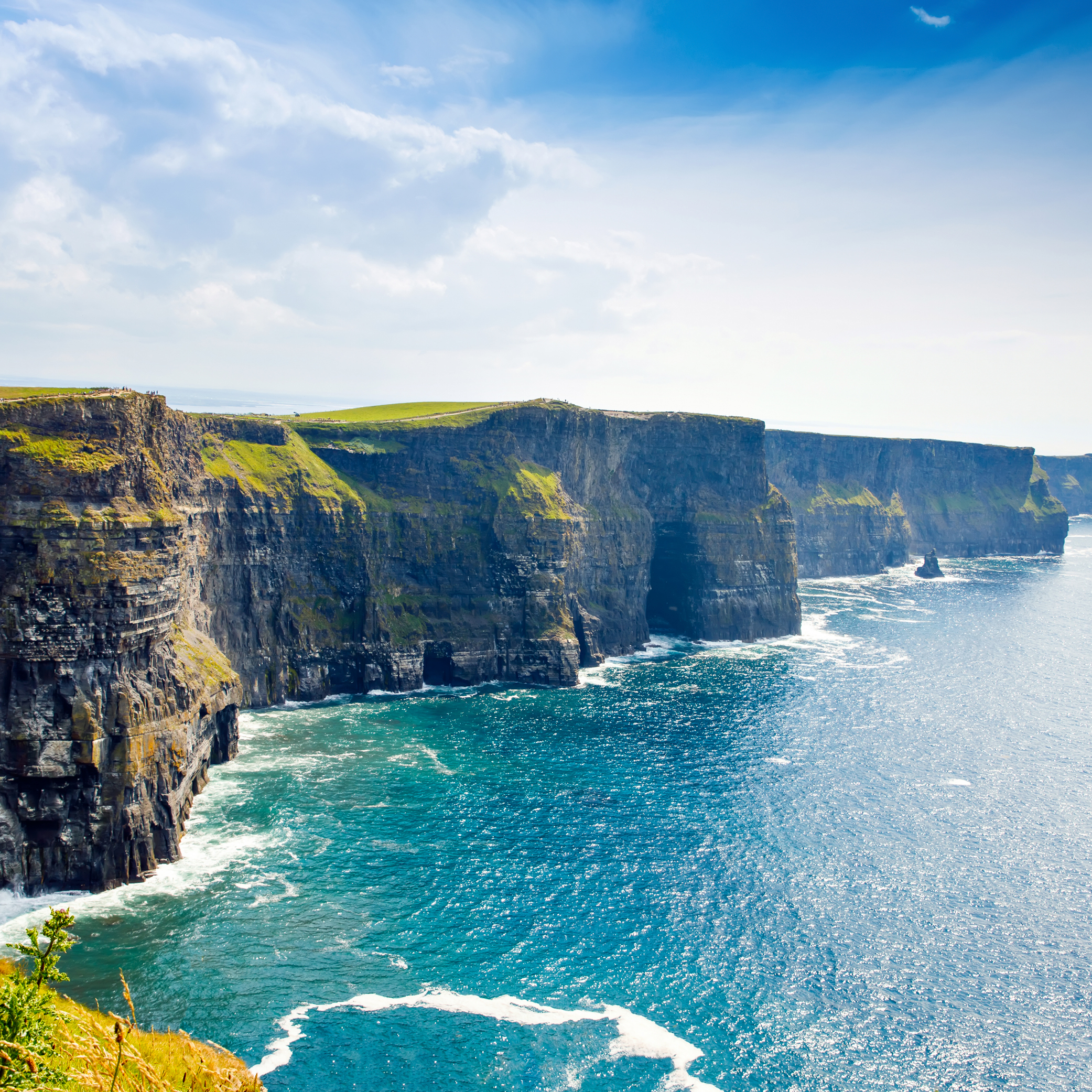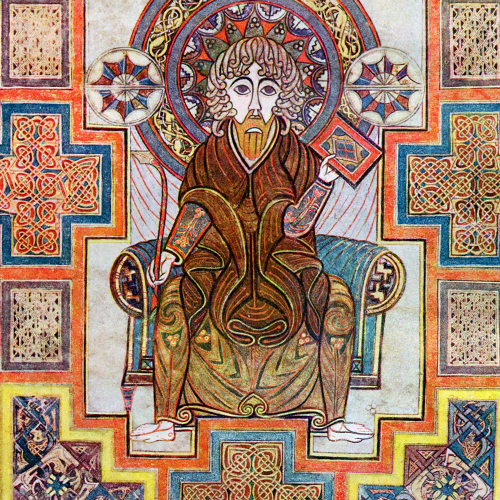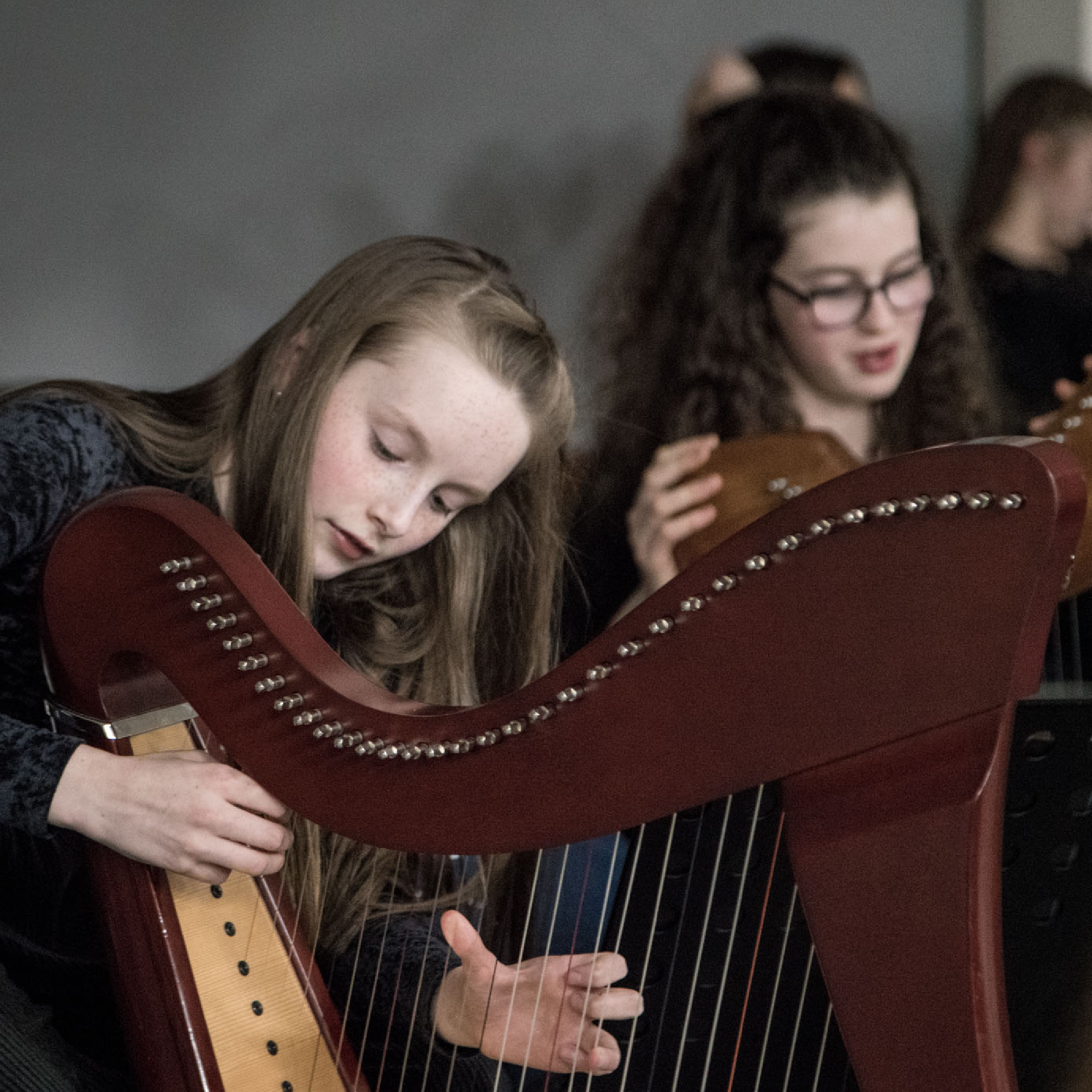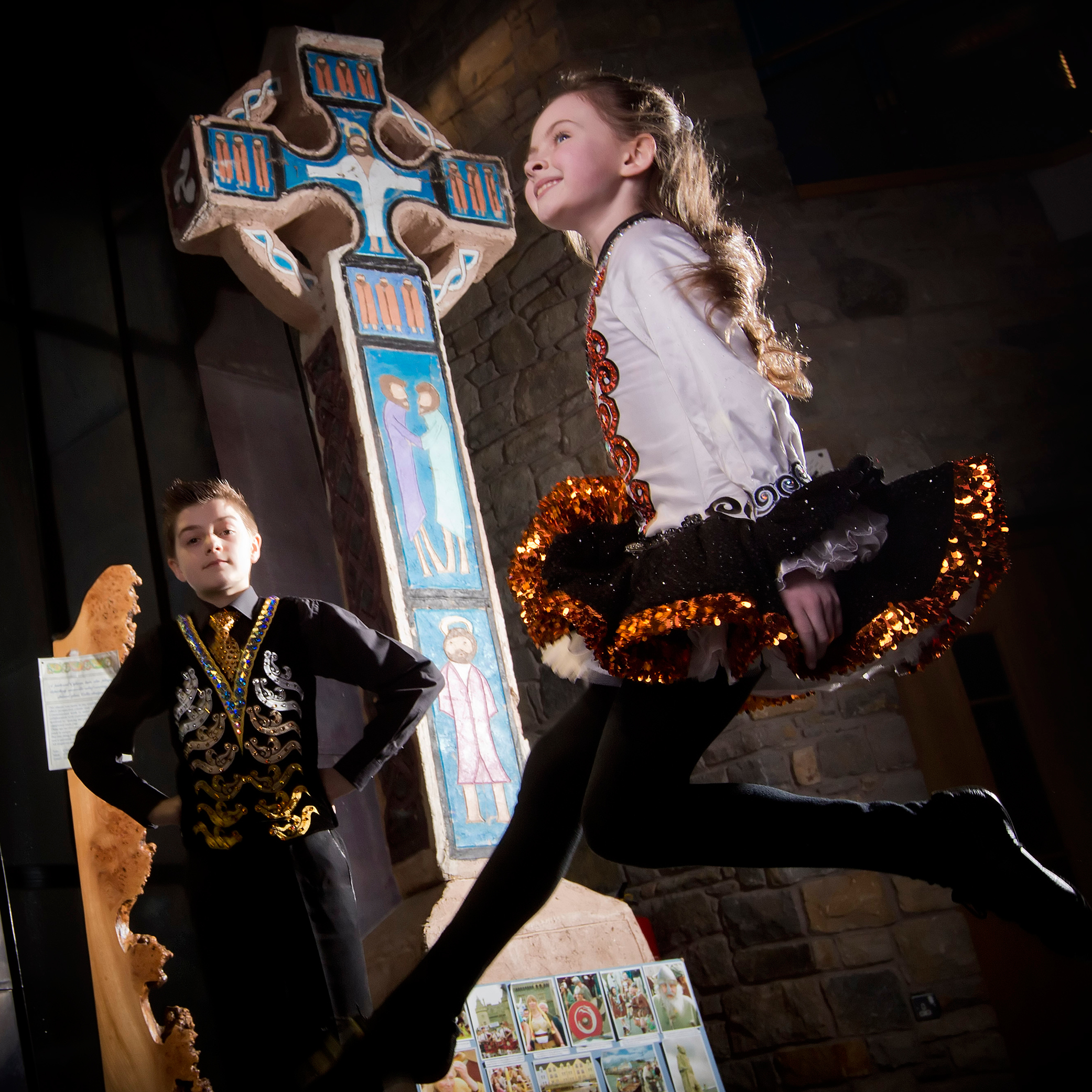The United Nations Education Scientific and Cultural Organisation (UNESCO) was created in November 1945 in the aftermath of the Second World War. There were 37 original founders. Today the Organisation comprises 195 Member States and 10 Associate Members.
Perhaps best known for its work in designating and protecting World Heritage Sites - of which there are three on the island of Ireland - the Organisation was originally conceived to promote peace through international cooperation in education. Today, UNESCO builds on that mission in tackling some of the most pressing global policy challenges from a cultural and scientific perspective.
UNESCO is committed to 5 main objectives:
- Attaining quality education and lifelong learning for all
- Mobilising science knowledge and policy for sustainable development
- Addressing emerging social and ethical challenges
- Fostering cultural diversity, intercultural dialogue and a culture of peace
- Building inclusive knowledge societies through information and communication
Key facts about Ireland and UNESCO
Ireland has been a Member of UNESCO since 3 October 1961.
The Irish National Commission for UNESCO is the Department of Education, and works to associate Irish governmental and non-governmental bodies in education, sciences, culture and communication with the work of the Organization.
The Delegation follows the General Conference, which is the highest decision-making organ of UNESCO and meets every two years, and the Executive Board, which meets twice a year. The Delegation also follows the work of committees and working groups, and participates in information meetings arranged by the different programme sectors.
A wide range of Irish heritage has been inscribed into UNESCO programmes:
World Heritage Sites are designated by UNESCO for having cultural, historical, scientific or other significance, and encourage the protection and preservation of cultural and natural heritage worldwide considered to be of outstanding value to humanity. There are three World Heritage Sites on the island of Ireland: Giant's Causeway and Causeway Coast (1986), Brú na Bóinne (1993), and Sceilg Mhicíl (1996)
UNESCO's Memory of the World Programme initiative launched in 1992 to safeguard the documentary heritage of humanity against collective amnesia, neglect, the ravages of time and climatic conditions, and wilful and deliberate destruction. Ireland has inscribed two elements of documentary heritage on the Memory of the World Register: the Book of Kells (2011) and The Irish Folklore Commission Collection 1935-1970 (2017)
UNESCO Global Geoparks are single, unified geographical areas where sites and landscapes of international geological significance are managed with a holistic concept of protection, education, and sustainable development. Three UNESCO Geoparks in Ireland were named in 2015: Marble Arch Caves Global Geopark (cross-border counties Fermanagh and Cavan), Copper Coast Global Geopark, and Burren and Cliffs of Moher Global Geopark
UNESCO’s Man and the Biosphere programme (MAB) is an intergovernmental scientific programme that examines the consequences of human interaction with the environment. Ireland is home to two biosphere reserves: Dublin Bay (1981) and Kerry (1982)
The UNESCO Representative List of the Intangible Cultural Heritage of Humanity is made up of those intangible heritage elements that help demonstrate the diversity of this heritage and raise awareness of its importance. Ireland has inscribed four elements of Irish Intangible Cultural Heritage in the List - Uilleann Piping (2017), Hurling (2018), and Irish Harping (2019), and most recently Irish Falconry (2021) which was added as a multinational nomination.
Dublin was designated the 4th UNESCO City of Literature in 2010, and Galway was designated as a UNESCO City of Film as part of the UNESCO Creative Cities Network created to promote cooperation with and among cities that have identified creativity as a strategic factor for sustainable urban development.
In January 2019, the Department of Housing, Local Governance and Heritage requested applications to produce a new UNESCO World Heritage Tentative List of sites that might eventually proceed to full World Heritage nomination.
In July 2022, the new Tentative List was announced by Minister for Housing, Local Government and Heritage, Darragh O’Brien, and Minister of State with Responsibility for Heritage and Electoral Reform, Malcolm Noonan.
Out of the 6 applications received, 3 applications have been included on the new Tentative List for Ireland. Expert evaluation determined that these sites showed the potential to demonstrate Outstanding Universal Value, which is a precondition to the World Heritage List and means these sites have ‘cultural and/or natural significance which is so exceptional as to transcend national boundaries and to be of common importance for present and future generations of all humanity.’
These sites include: The Passage Tomb Landscape of County Sligo; The Transatlantic Cable Ensemble: Valentia-Heart’s Content, County Kerry; and the Royal Sites of Ireland, which include Dún Ailinne County Kildare; Hill of Uisneach, County Westmeath; Rock of Cashel, County Tipperary; Rathcroghan County Roscommon and Tara County Meath.





